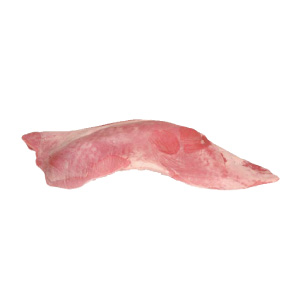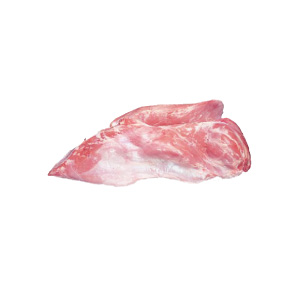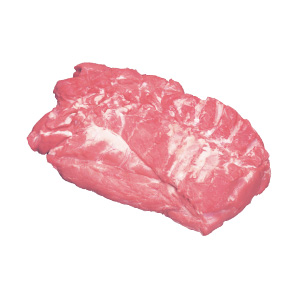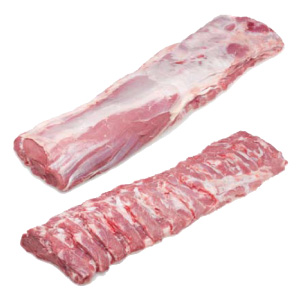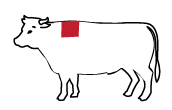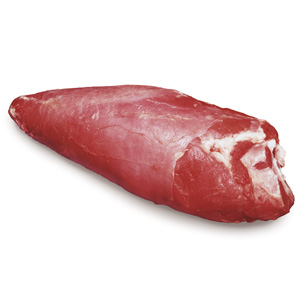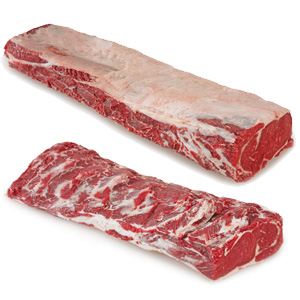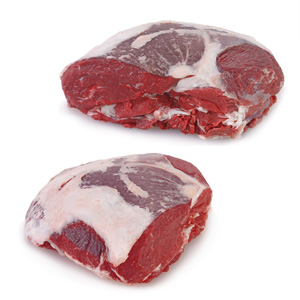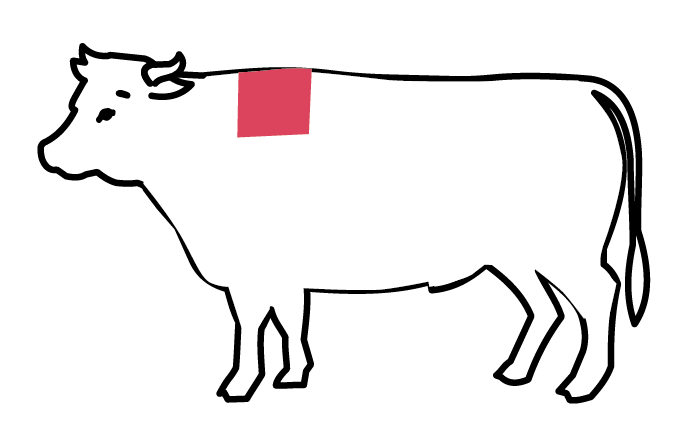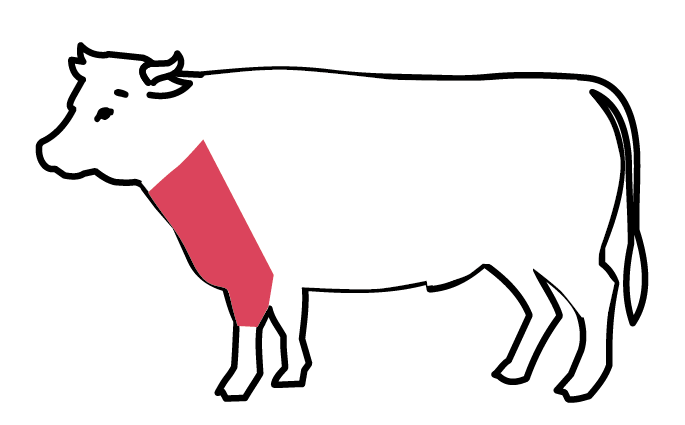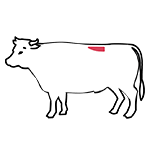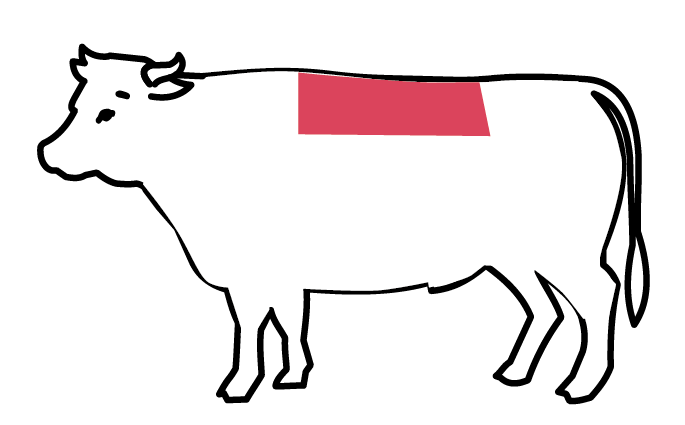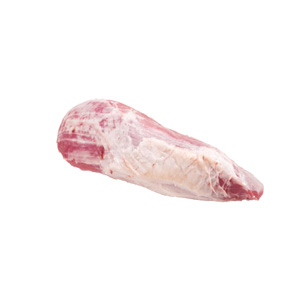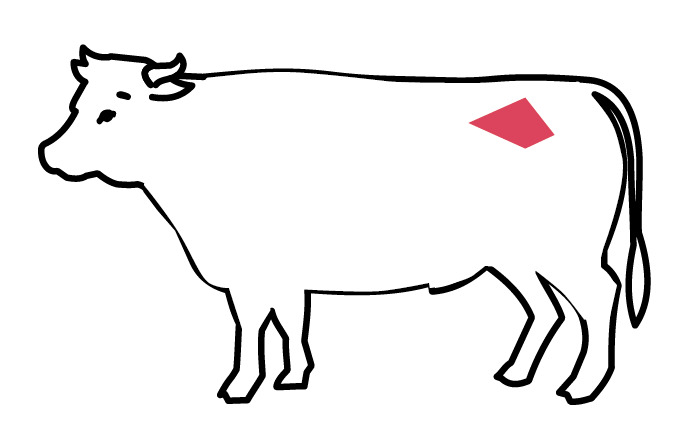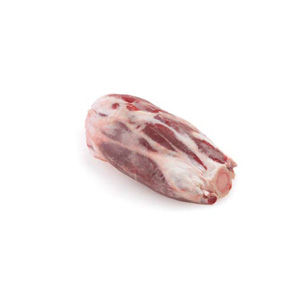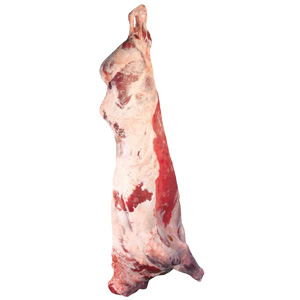The meat supply chain is the most virtuous in terms of waste compared to other food chains. : FAO (United Nations Food and Agriculture Organisation) estimated that about 1,3 billion tonnes of potentially-available food for consumption is lost or thrown during the various phases of the food chain, from the cultivation of agricultural products to the leftovers of food already cooked. The wasted quantities are very different and depend strictly on the territorial context, from cultural aspects and from the availability of efficient technologies throughout the chain.
In describing the dynamics related to food waste, it is important to make a basic distinction between two fundamental concepts, “food losses (scraps)” and “food waste (waste)“:
• scraps consist of the mass of edible food that is “lost” in the production chain, i.e. during agricultural production, handling and storage, processing and food packaging;
• food waste instead represents the amount of food that is not eaten after being
placed on the market, in distribution and domestic consumption.
Cattle by-products: recovery and re-use

In affluent societies where the “food waste” has reached unsustainable levels, beef is among the most virtuous, both in terms of production and consumption: the reasons for this particular sensitivity must be ascribed to the economic, cultural, social as well as nutritional value attributed to meat from consumers and the possibility been recovered in countless ways, from the field until the kitchen at home.
The production and consumption of meat in fact generates an amount of waste more than halved compared to fruits and vegetables and almost half the waste of the cereal chain.
The amount of waste generated in the meat production chain is thus lower than other food categories considered (cereals, roots and tubers, fruits and vegetables, fish, milk) and is second only to oil seeds and legumes.
INALCA’s contribution to the fight against waste is on two fronts, the first of which is to reduce waste (food losses). INALCA has long developed many recovery channels for some types of waste in various sectors, food, pharmaceuticals, and agriculture.
In addition to optimising recovery systems, the heart of the fight against waste is to place the highest percentage of products in the food supply chain. Some parts such as bones and some soft tissues, although eligible for recovery in the food sector from a health point of view, are downgraded to other circuits such as pet food or technical products due to lack of dedicated technology. It is therefore necessary to develop prototype processing plants, mainly of biotechnology, to obtain new food products. Over the last decade, technologies based on enzymatic or bacterial hydrolysis have been greatly developed, providing concrete opportunities for full use in the industry.
To this end, INALCA adheres to national technology cluster “CLAN” (National Agrifood Cluster) and the project SO.FI.A (Sustainability of Italian Agrifood chain) that have the specific purpose of research in this area.




